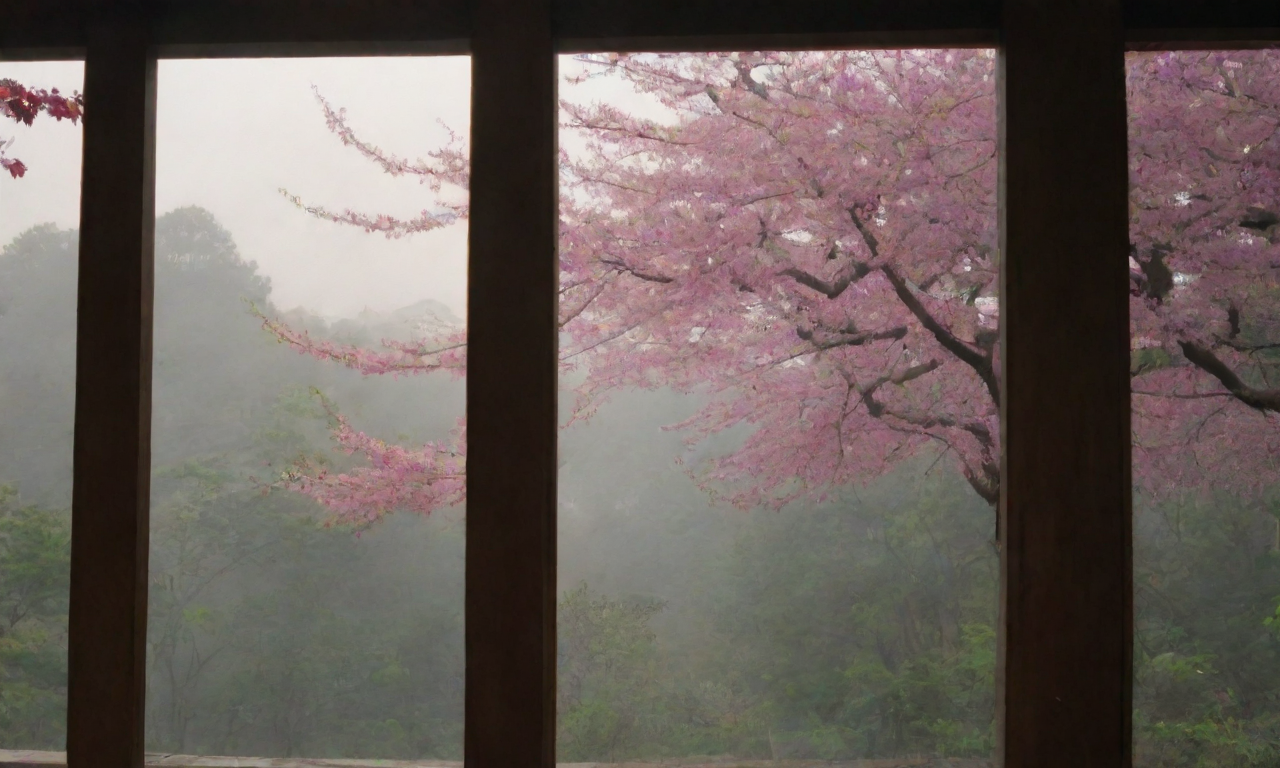British and American scientists have collaborated to discover that artificial light can disrupt insects' ability to orient themselves accurately relative to the horizon. The study contributes to understanding why flying insects are attracted to and gather around artificial lights. The related research was recently published in 'Nature Communications'.
At Imperial College London's motion capture flight arena, a hooked brimstone butterfly flies around an ultraviolet lamp.
It has been known since the Roman Empire that artificial light can attract flying insects, with written records of insects being captured using light. However, the reason behind this phenomenon has been unclear. Some studies suggest that insects might mistake artificial light for an escape route, or get blinded by the light source, among many other hypotheses.
Researchers from Imperial College London, Samuel Fabian, Yash Sondhi of Florida International University in the USA, and their colleagues, used high-speed infrared cameras to track insects' three-dimensional flight paths in both natural and laboratory environments. They studied the behavior of moths, dragonflies, fruit flies, and hawk moths, among other insects, under a range of light conditions including point ultraviolet sources and scattered ultraviolet sources.
The researchers found that insects exhibit a "back-to-light response," adjusting their flight path to keep their back towards the light source. For natural light sources like the sun, this response allows them to maintain a stable flight path that is accurately oriented to the horizon. However, artificial light causes them to make unstable and continuous corrections to their flight path, leading to the disorientation and attraction to artificial light that is commonly observed.
The researchers concluded that it is necessary to further study the long-distance impact of artificial light, and to improve the habitats of insects by reducing unnecessary artificial light at night.








